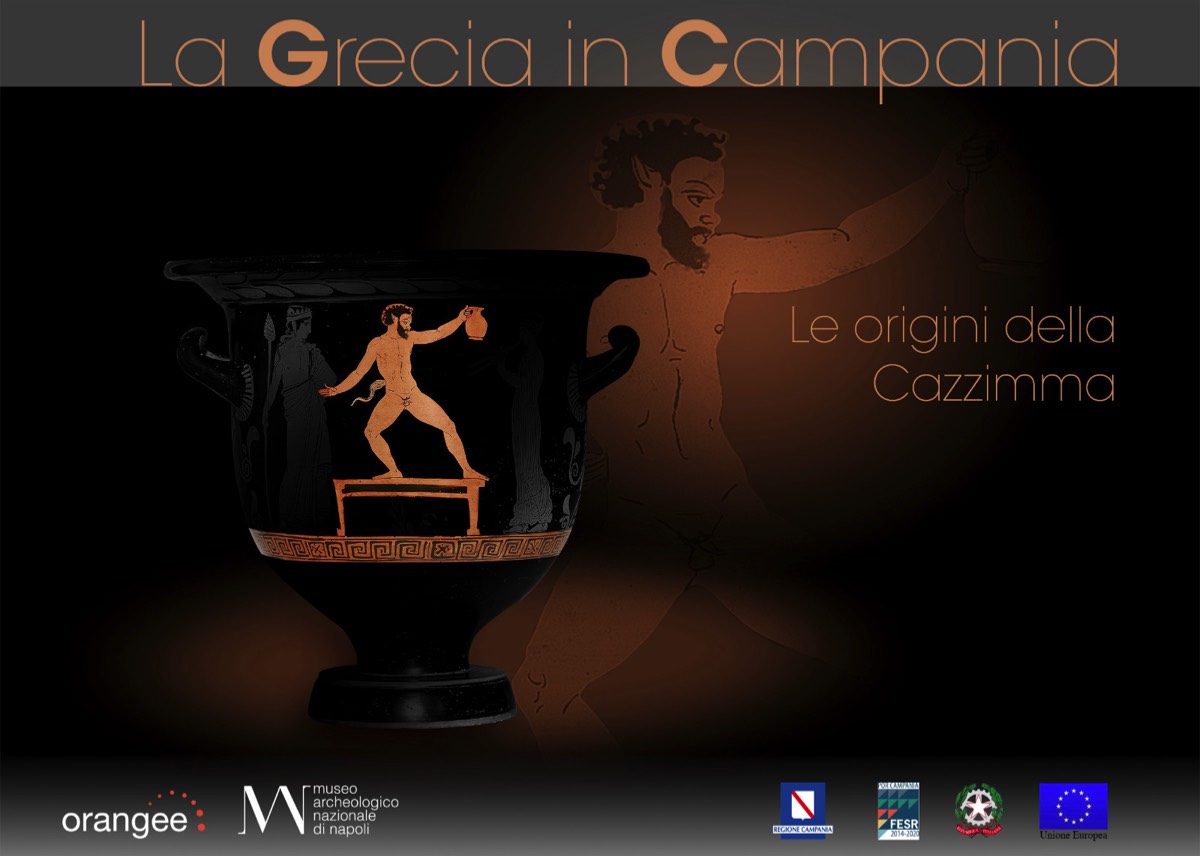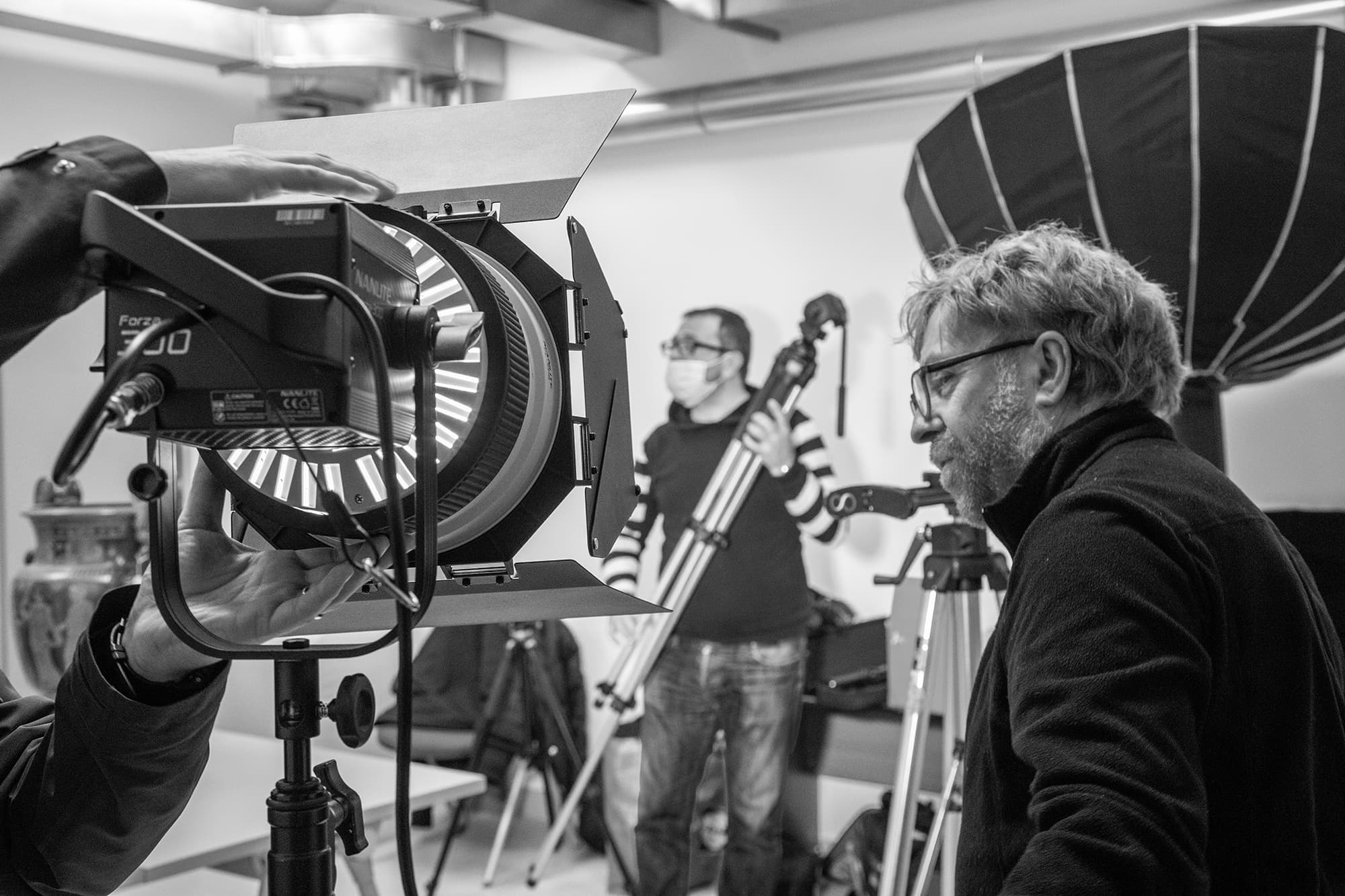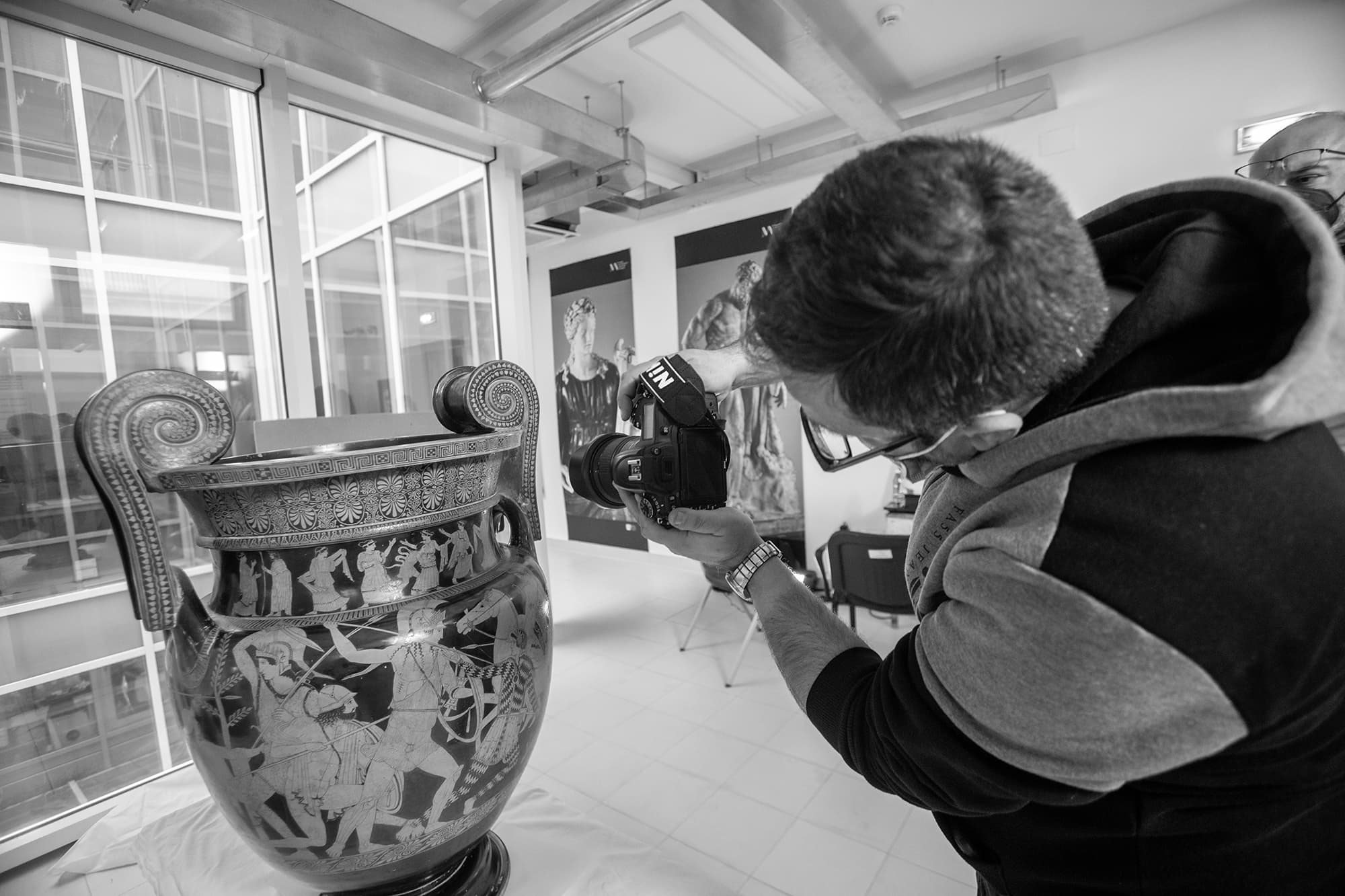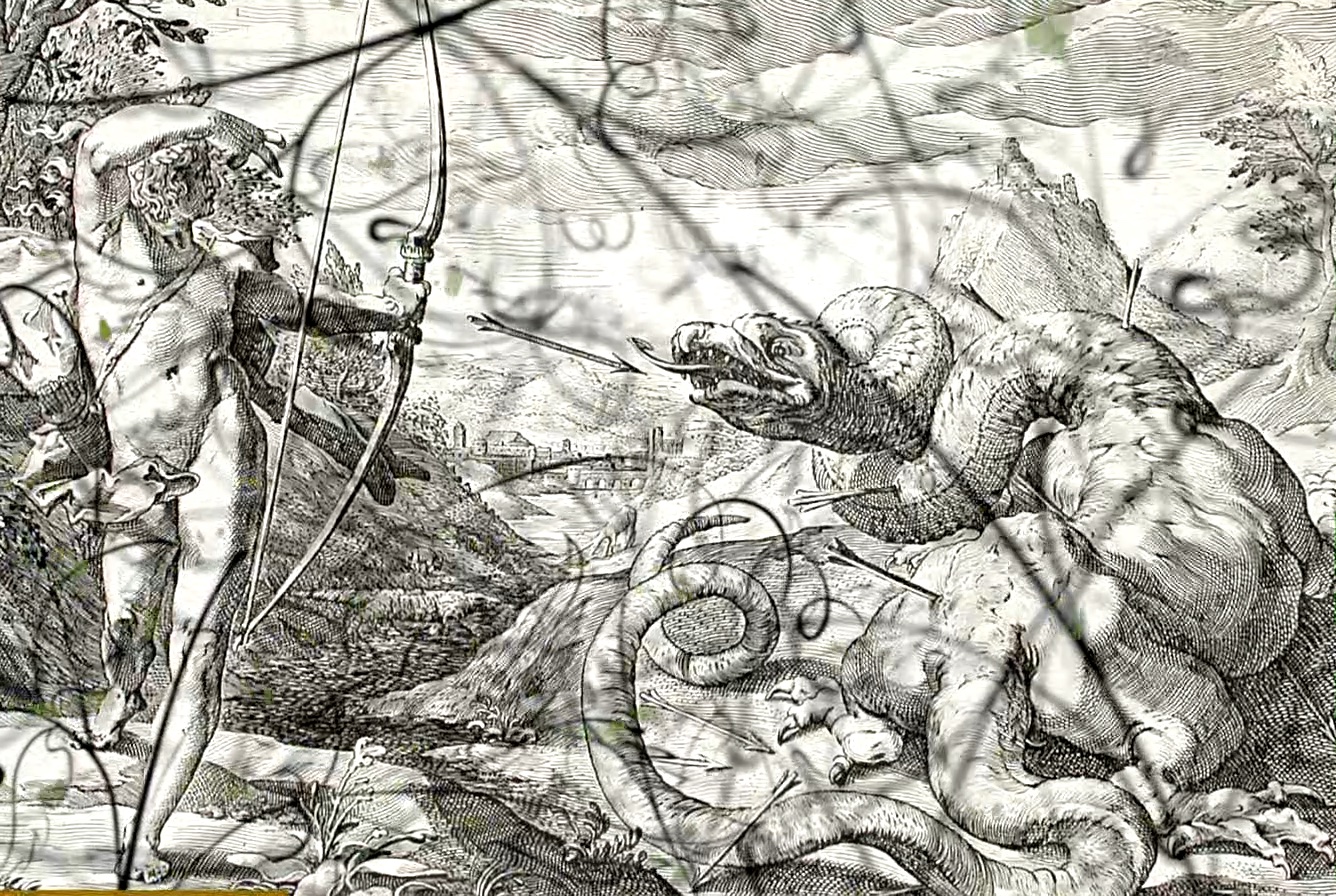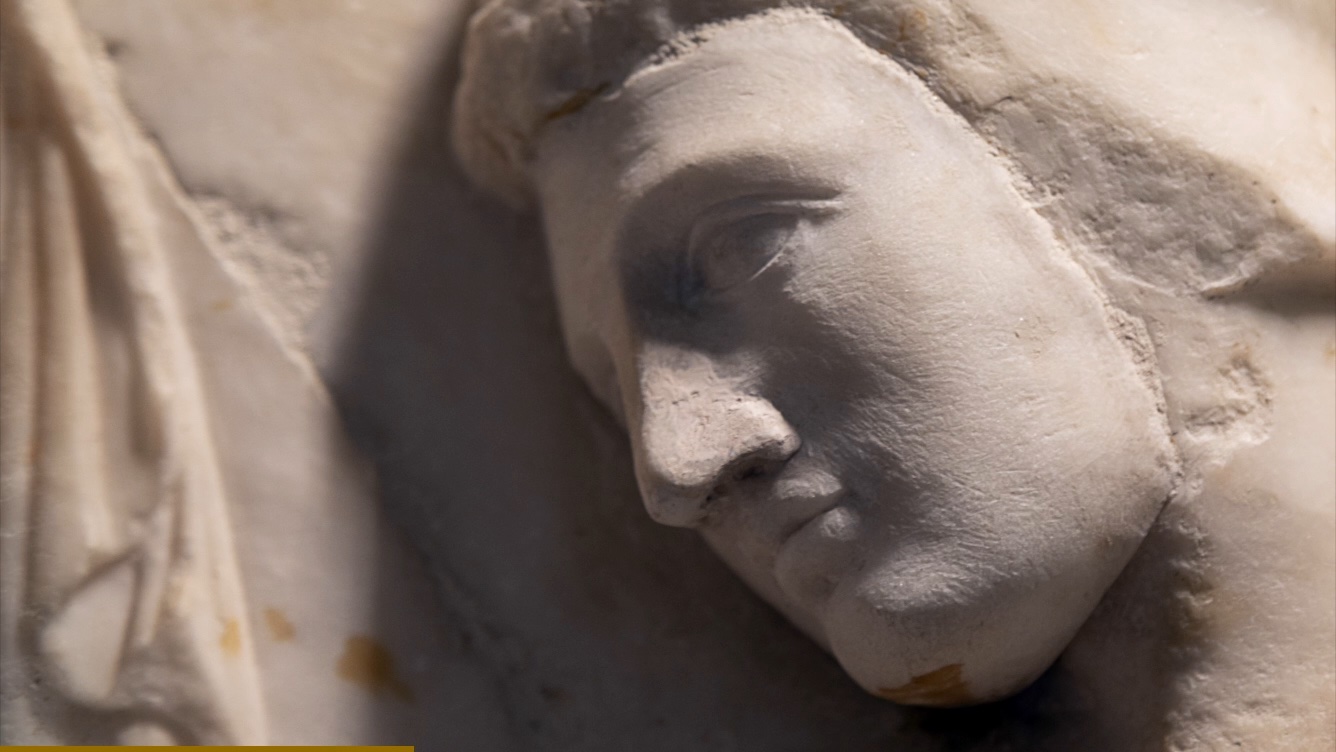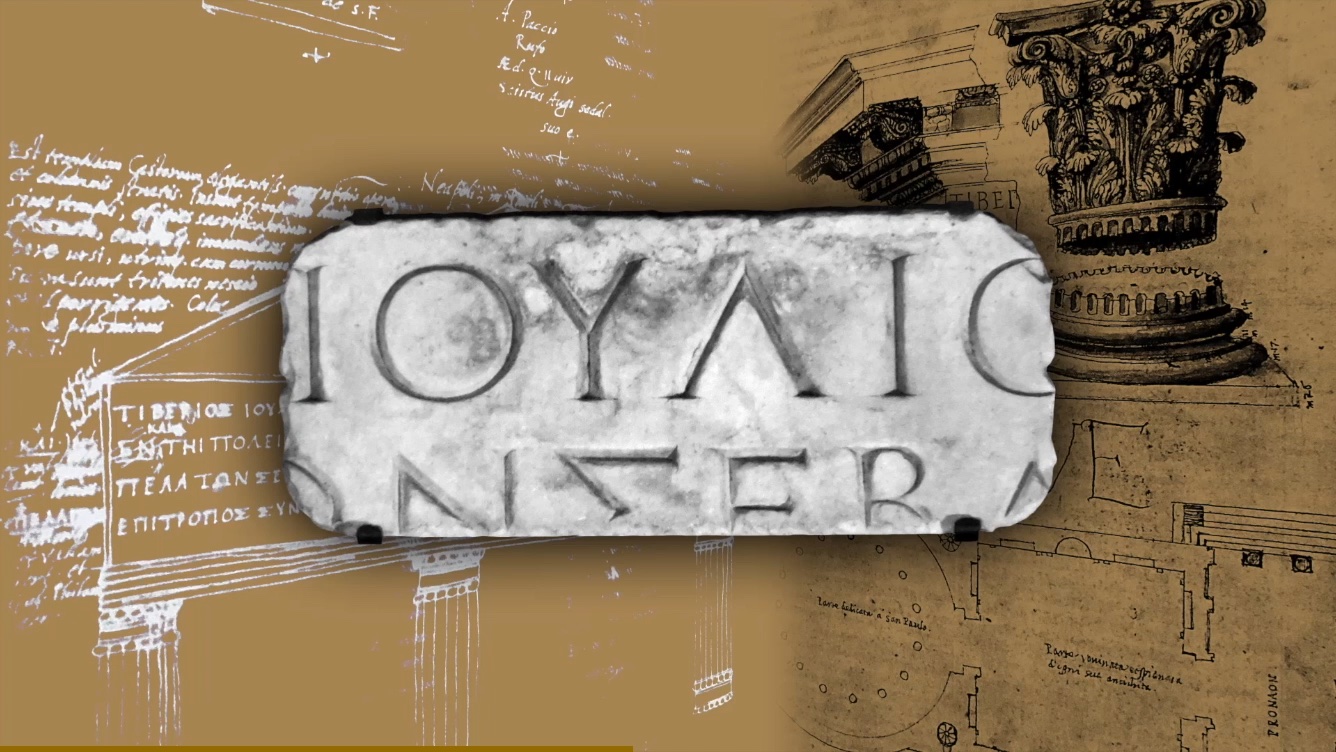Each population has strengths and weaknesses, features that, depending on who is looking at them, become stereotypes or prejudices. We have taken into consideration Naples and Campania, a land and a people that encountered migrant populations from Greece over three thousand years ago.

In this work, we argue that there are deep plots that indissolubly intertwine the ritual of Sunday lunch, the ragù, the devotion to the mother, the habit of talking to the saints as peers, the football cheering that becomes faith, with customs and beliefs of the Greeks who inhabited Campania in antiquity.
The ancient Greek sailors and merchants faced many vicissitudes at sea. They escaped storms and shipwrecks, pirate attacks, and the pitfalls of the landscape that in their tales turned into veritable monsters, from the Cyclopes to Scylla and Charybdis and the Sirens.
Many migrated. They must have been so used to islands that, having crossed a small stretch of sea, they landed in what they immediately considered the natural extension of their homeland.
They called it Megale Hellas, Magna Graecia, a place to extend their thoughts, a way to take the 'logos' elsewhere. They brought precious gifts: vases, figures, stories, oral memory, banquets, rituals, an unusual way of drinking wine.
They were strangers and they were welcomed, they spoke another language, but they knew how to communicate emotions
They were strangers and they were welcomed, they spoke another language, but they knew how to communicate emotions
A story that shaped history
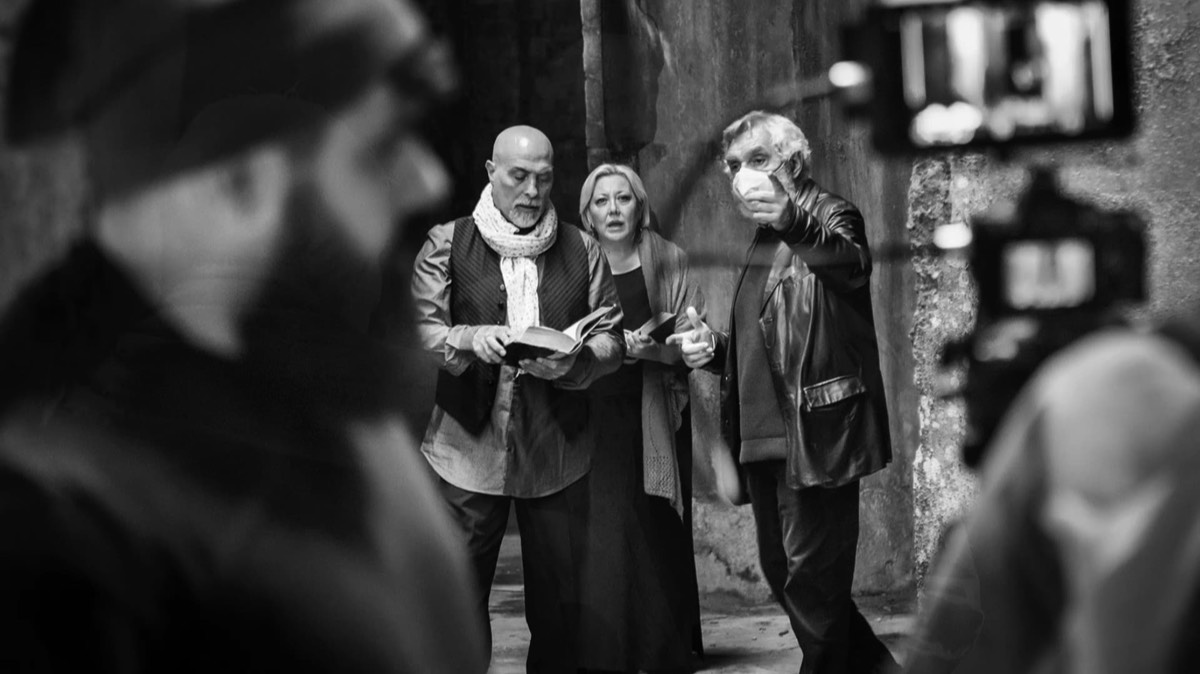
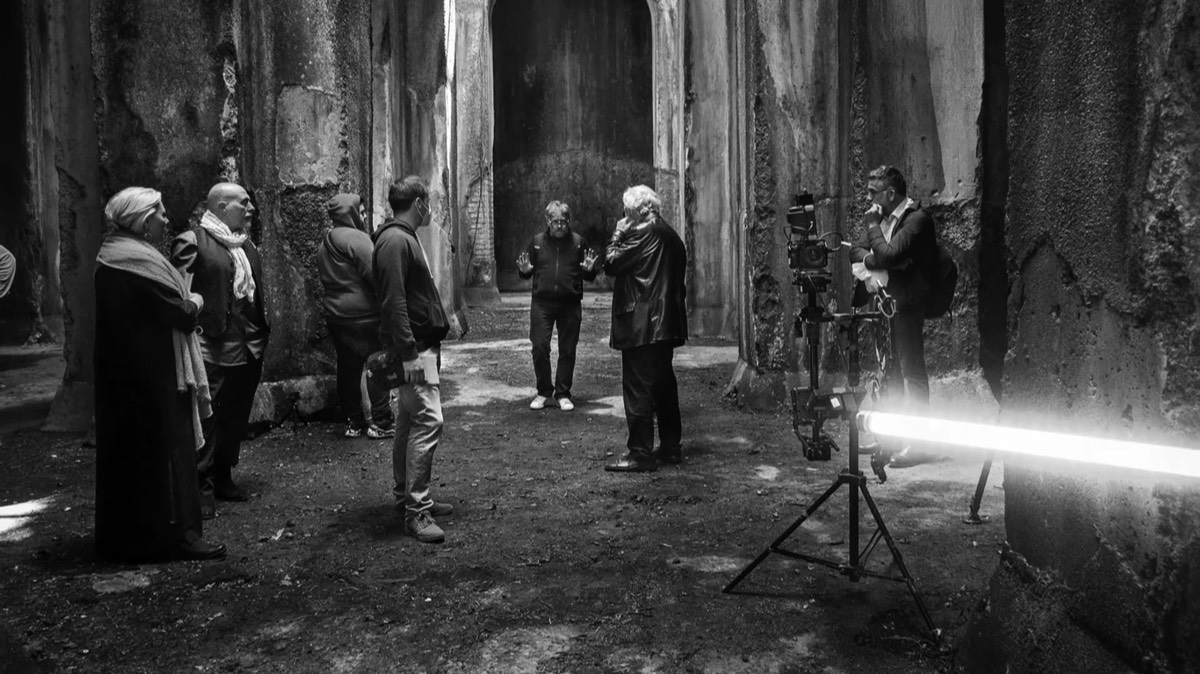
They found local people with social rules, customs, gods. The awareness that they would both benefit from the union of experiences won out. They chose dialogue and they chose coexistence that would produce wealth.
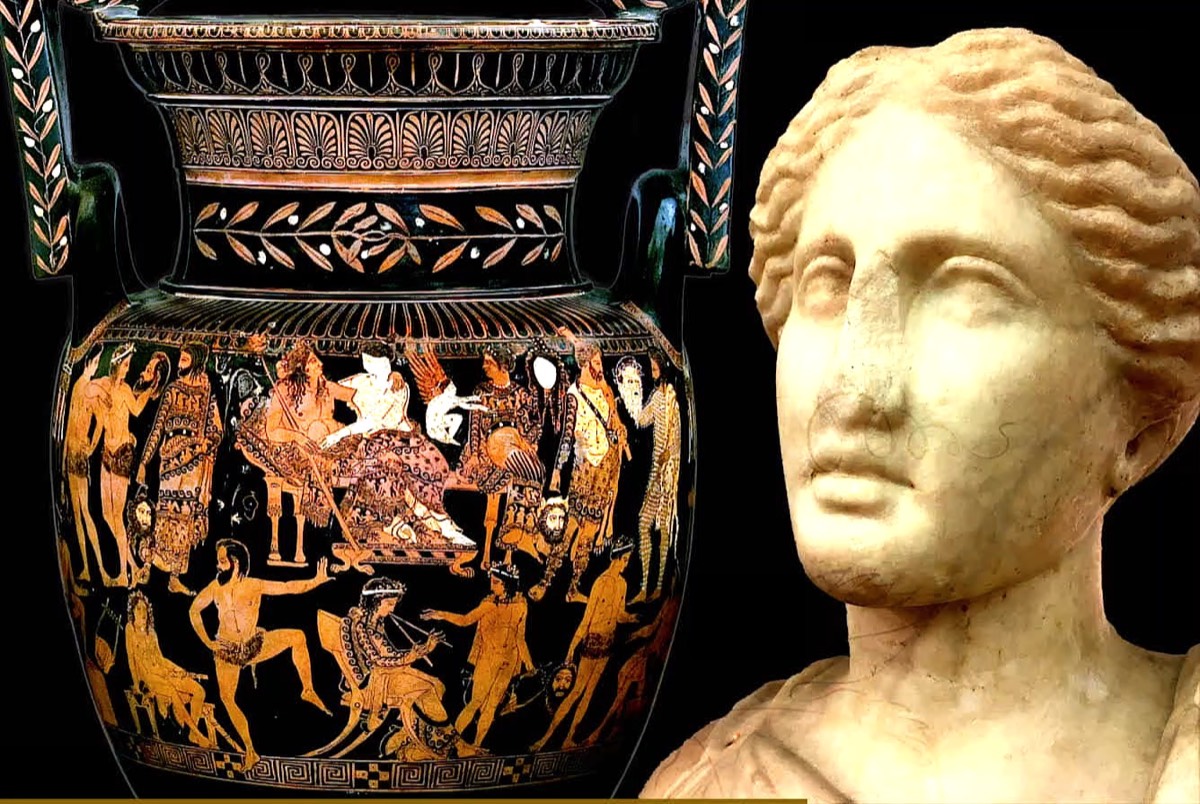
They had to win each other's respect, and together they gave life and shape to the cultural identity that makes today's people of Campania a living testimony to some three thousand years ago.

The encounter we are proposing is between science, art and technology with the hope that the dialogue of the Greeks and Campani will be an inspiration to our future work.
Ebook
Science provides the content, art the language and technology the tool for communicating, in an exchange of stimuli, suggestions and opportunities, such as to actively involve the spectator, who becomes the protagonist of the story, renewing the dialogue with the ancient Greeks beyond the distance created by time and making it still fruitful.
Produced in collaboration with the direction of the National Archaeological Museum of Naples and the Archaeological Park of the Phlegraean Fields, the tale relies on the ancient works and artefacts, and blends into the lights and shadows of the Piscina Mirabilis
Inviting visitors to experience the works from the inside as the narrator does between the pages of the book in direct contact with art objects that are direct witnesses of its history
The real innovation of this product is the working method rebuilt from the ground up to organise video text animations, filmed in a way not usual for archaeology, but aimed at our purpose
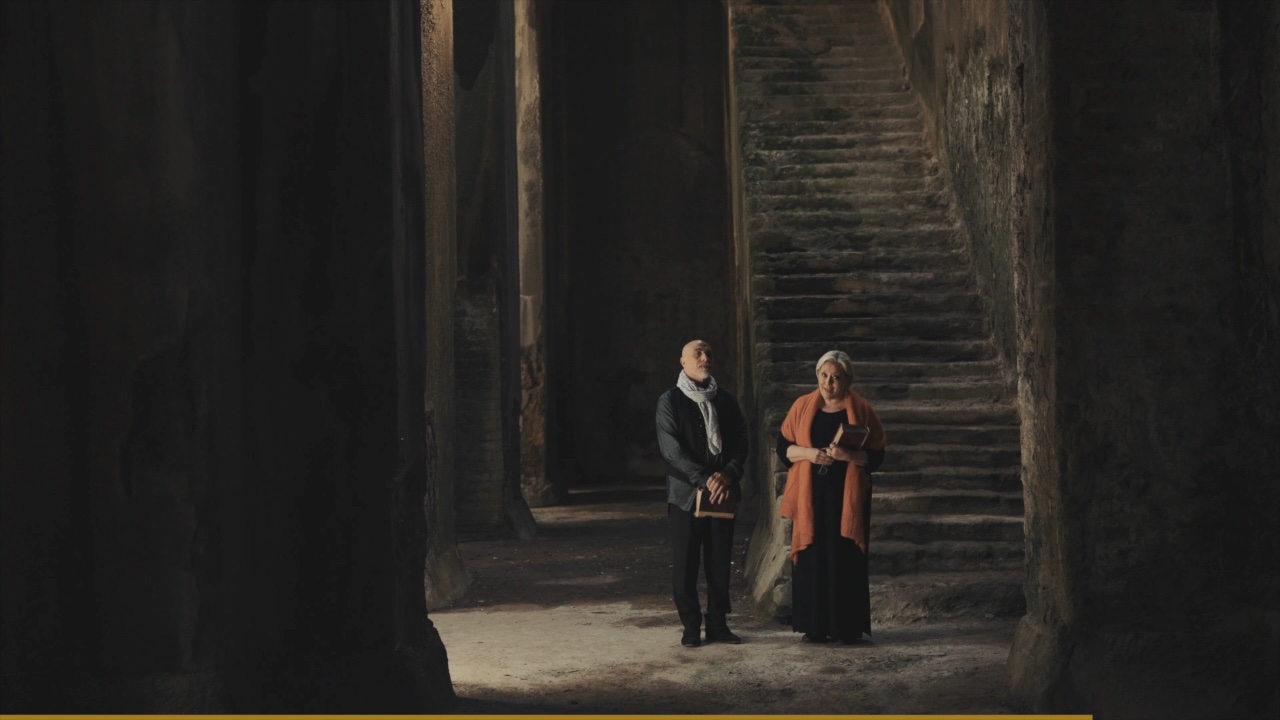
The research has seen artists, technicians and archaeologists working together in a continuous exchange of inspiration and changes of direction in order to address a language that is proper to advanced digital tools and not a simple digital transposition of what has already been done. The research addresses the essence of the creative industry in its recent transformation.
With the aim of generating culture in digital forms
Our research is proceeding in other projects as well, believing that ancient culture is the centre of gravity that makes today's citizens aware that they are living a civilisation that grew out of that encounter. The new forms of representation of the classical world, together with the open role that cultural institutions are increasingly assuming, light the fire that fuels the European Commission's push towards cultural and creative industries. All this creates the impetus for new and articulated skills in the arts, no longer separate personal insights, no longer decorations of our lives, but essential components in the building of civilisation. The classical world continues to teach.
The interaction between science and its representation for a wide audience borrows many of the forms of theatre, dramaturgy and transposition into the fantastic and imaginary.
When it all seems unreal, as in fairy tales, as myths have taught us, what remains is only the truth of a behaviour that drives social cohesion.
The authors would like to thank all the leaders of institutions, organisations and companies who showed enthusiasm and collaboration so that the work could be accomplished.

